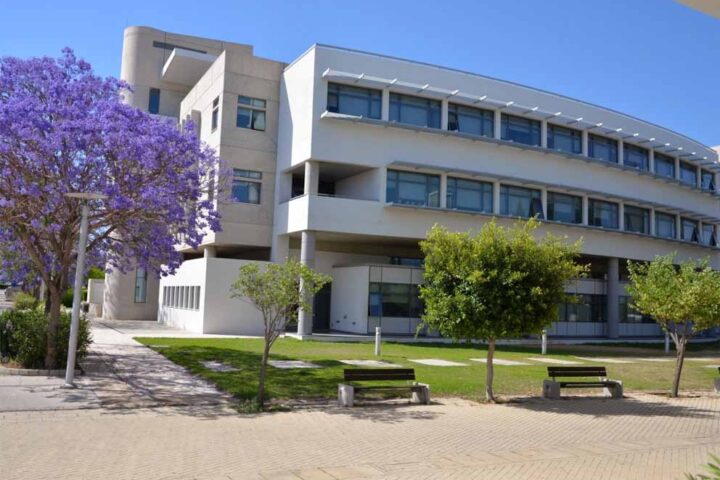.jpg) Fitch expects that Cyprus’ output will contract by around 5% in 2015 and 1.5% in 2016 and not return to growth until 2017.
Fitch expects that Cyprus’ output will contract by around 5% in 2015 and 1.5% in 2016 and not return to growth until 2017.
The rating agency expects the recession to be deeper and the downturn to last longer than assumed under the EU/IMF bailout programme agreed in March.
The ratings agency affirms Cyprus’ long-term foreign currency and local currency issuer default ratings (IDRs) at “B-“and “CCC” respectively. The issue ratings on senior unsecured foreign-law and local-law bonds are also affirmed at “B-“and “CCC” respectively and maintains the outlook on the long-term foreign-currency IDR as Negative.
The country ceiling is affirmed at “B” as is the short-term foreign currency IDR.
Fitch expects gross general government debt/GDP to peak slightly above 130% of GDP, though a year later in 2016 than in our July projections.
“In our baseline projections, we expect debt ratio to fall only gradually in the second half of the decade, owing to some slippage from ambitious fiscal targets in the medium term and weaker growth”.
Public finances, it adds, “will therefore remain vulnerable to shocks well beyond the programme period which is scheduled to end in 2016”.
Fitch acknowledges that “the initial record of implementation under the EU-IMF programme has been good, with fiscal outperformance relative to targets in 2013”.
However, the agency says, “there remains a high risk of the multi-year programme going off track due to downside risks to economic performance or a weakening in political commitment to the programme”.
Referring to the banking sector, Fitch notes that “confidence in the banking sector will take time to be restored”.
“Deposits are still declining and restructuring of banks is on-going”, the agency says, adding that “banking sector recapitalisation has, however, progressed and Fitch does not expect any additional public funds to be used to support the banking sector beyond the €1.5 bln budgeted for capitalisation of cooperatives and the €1 bln buffer in the EU-IMF programme”.
Restrictions on bank transfers are being gradually lifted, Fitch notes, pointing out however that “the process of lifting capital controls carries risks, and a premature exit could trigger material capital flight with negative economic consequences”.
The agency sees “some initial signs of positive economic adjustments”. Growth in employee compensation, it adds, “has fallen below growth in productivity, leading to an improvement in labour costs”.
The current account deficit has narrowed to around 2% of GDP in 2013 from over 6% in 2012, it says, adding that this primarily reflects “a contraction in domestic demand and imports”.
Fitch further explains that “the capital needs of the banking sector were estimated under very conservative assumptions under the Pimco assessment of the sector earlier this year”.
“Despite expectations of further deterioration of asset quality the capitalisation of banks should, therefore, remain above regulatory requirements through the programme period”, the agency predicts.
Future signs of stabilization of the output and the banking sector, an improvement of the country’s export performance, the successful lifting of capital controls as well as a longer track record of successful implementation of the adjustment programme may individually or collectively lead to the outlook of Cyprus being revised to “stable”, the agency pointed out.
It also said it has not factored possible hydrocarbon receipts into its projections, noting that “these therefore represent an upside risk beyond the near term”.
It further points out that “while the authorities claim government revenues to range between EUR 18.5 bln (102.9% of GDP) to EUR 29.5 bln (164.1% of GDP) in drilling block 12 off the southern coast of Cyprus alone, the economic viability of extraction remains uncertain and beyond the horizon of the programme”.







